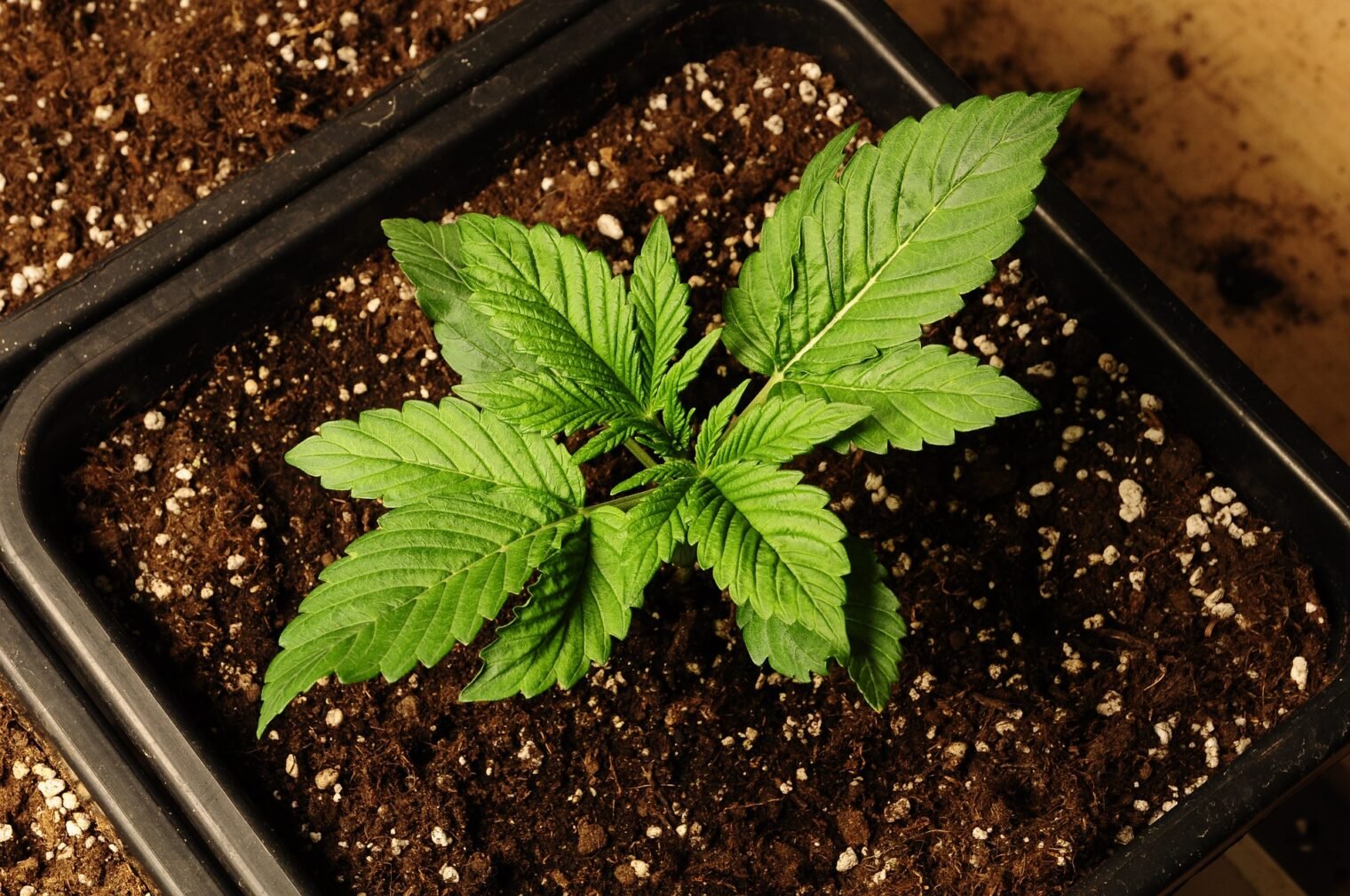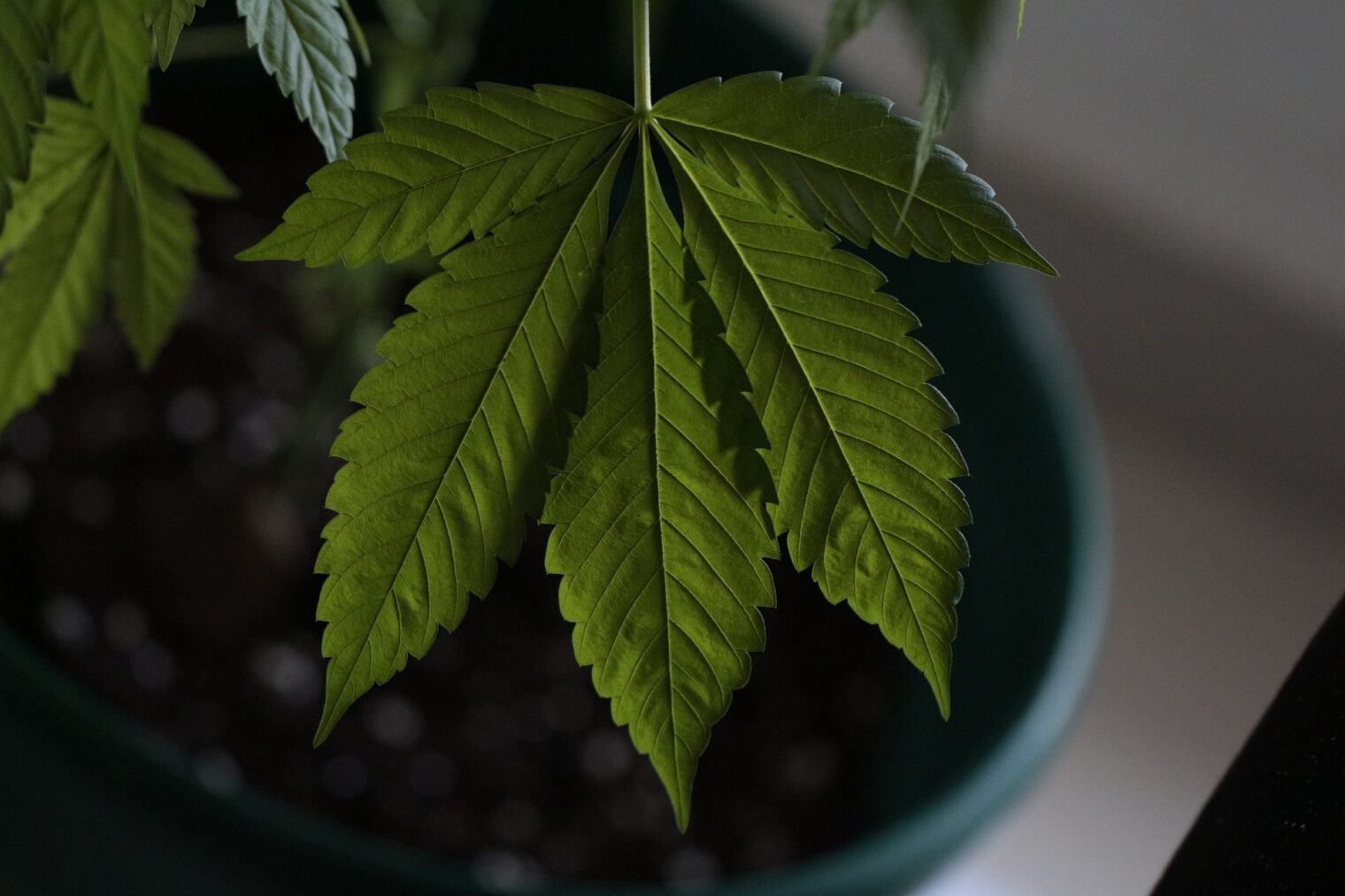Cannabis and Sustainability in 2024: Environmental Impact of Weed Cultivation

Table of Contents
Cannabis and sustainability are hot topics in the eco-friendly time in which we live. In recent years, the cannabis industry has experienced a significant boom, with more and more countries legalizing the recreational and medicinal use of cannabis. While this has brought about economic benefits and opportunities for many, it has also raised concerns about the environmental impact of cannabis cultivation.
As the world becomes increasingly conscious of sustainability and environmental responsibility, it is crucial to explore sustainable practices within the cannabis industry. In this article, we will delve into the intersection of cannabis and sustainability. We will examine the environmental impact of weed cultivation and highlighting the efforts being made to reduce that impact.
The Environmental Challenge of Cannabis and Sustainability
Cannabis and sustainability might be modern buzzwords, but they are vital. Cannabis cultivation is not without its environmental challenges. One of the primary concerns is the excessive water usage associated with outdoor and indoor cultivation. Cannabis plants require substantial amounts of water throughout their growth cycle, which can put a strain on local water resources, especially in regions facing water scarcity issues.
Additionally, some cannabis cultivation operations use synthetic fertilizers and pesticides, which can contaminate soil and water sources, further exacerbating environmental concerns. These kinds of things are always a concern in any industry where cultivation is concerned.
Another significant environmental issue associated with cannabis cultivation is energy consumption. Indoor cannabis cultivation, in particular, relies heavily on artificial lighting, heating, and cooling systems, which consume a considerable amount of electricity. This leads to a higher carbon footprint and contributes to greenhouse gas emissions, a major driver of climate change.
Sustainable Cannabis Cultivation Practices
Recognizing the environmental challenges posed by cannabis cultivation, many individuals and organizations within the industry are actively working to adopt sustainable practices. These efforts aim to reduce the environmental impact of weed cultivation and promote a more eco-friendly approach to cannabis and sustainability in regards to production.
- Water Management: Sustainable cannabis cultivators are implementing water-efficient irrigation systems and practices. Techniques such as drip irrigation, rainwater harvesting, and the use of drought-tolerant strains are helping reduce water consumption. Some growers are also experimenting with innovative methods like aquaponics and aeroponics to minimize water usage further.
- Organic Farming: Many cannabis cultivators are transitioning to organic farming methods. This involves avoiding synthetic fertilizers and pesticides in favor of natural and environmentally friendly alternatives. Organic cultivation not only reduces soil and water contamination but also promotes healthier plants and higher-quality cannabis.
- Energy Efficiency: To address the energy consumption issue, cannabis facilities are increasingly turning to energy-efficient lighting systems, such as LED lights. Additionally, renewable energy sources like solar panels are being installed to power indoor cultivation operations, reducing their reliance on fossil fuels.
- Waste Reduction: Sustainable cannabis cultivation involves minimizing waste production. This includes using recyclable packaging materials, implementing efficient waste disposal systems, and reusing or recycling as much waste as possible. Some cultivators are even exploring innovative ways to repurpose cannabis plant waste into products like textiles and construction materials.
- Biodiversity Conservation: Cannabis cultivation can have an impact on local ecosystems. To mitigate this, some growers are adopting biodiversity-friendly practices. This may involve creating wildlife habitats on cultivation sites, using companion planting techniques to attract beneficial insects, and preserving natural vegetation.
- Regulatory Compliance: Governments and regulatory bodies are beginning to implement sustainability requirements for cannabis cultivation. These regulations may include strict water usage limits, waste management standards, and energy efficiency benchmarks. By complying with these regulations, cultivators can ensure their operations align with sustainability goals.

Cannabis and Sustainability: The Role of Consumers
Don’t ever underestimate the importance of consumers in this cannabis and sustainability debate. Consumers also play a significant role in promoting sustainability within the cannabis industry. By choosing products from companies that prioritize sustainable practices, consumers can create a demand for environmentally friendly cannabis.
Labels and certifications, such as “organic” or “sustainably grown,” can help consumers make informed choices and support responsible cannabis producers. It’s important that we think about these things when trying to be eco-friendly in the cannabis cultivation industry. If we want to change things for the better, we have to cover all angles, and the role of consumers is right up there.
Challenges and Opportunities
While progress is being made, challenges remain on the path to sustainable cannabis cultivation. The transition to sustainable practices can be costly and may require significant investments in technology and infrastructure. Moreover, regulations and standards for sustainable cannabis cultivation vary by region, making it challenging for businesses to navigate the complex landscape of compliance.
However, the opportunities for the cannabis industry to lead in sustainability are abundant. The industry can serve as a model for other agricultural sectors by demonstrating how environmentally responsible practices can be integrated into cultivation operations. As the cannabis market continues to expand, there is a chance to set a high standard for sustainability and inspire positive change across the agricultural sector.
Cannabis and Sustainability: Final Thoughts
The cannabis industry is at a crossroads where it must balance its rapid growth with its environmental responsibilities. Cannabis and sustainability can coexist, and many within the industry are committed to finding innovative and eco-friendly solutions to address the environmental impact of weed cultivation.
By adopting water-efficient practices, organic farming methods, energy-efficient technologies, waste reduction strategies, and biodiversity conservation measures, the cannabis industry can contribute to a more sustainable future.
Consumers also have a vital role to play by supporting companies that prioritize sustainability and by advocating for responsible cultivation practices. Together, through collaboration and commitment, we can ensure that the cannabis industry not only thrives economically but also respects and protects the environment for generations to come. Cannabis and sustainability can go hand in hand, setting a positive example for agriculture as a whole.
It’s a brave new world, and it’s our responsibility to take sustainability seriously in the cannabis industry. And this is especially true where growing weed is concerned because it can have an impact on the environment.


